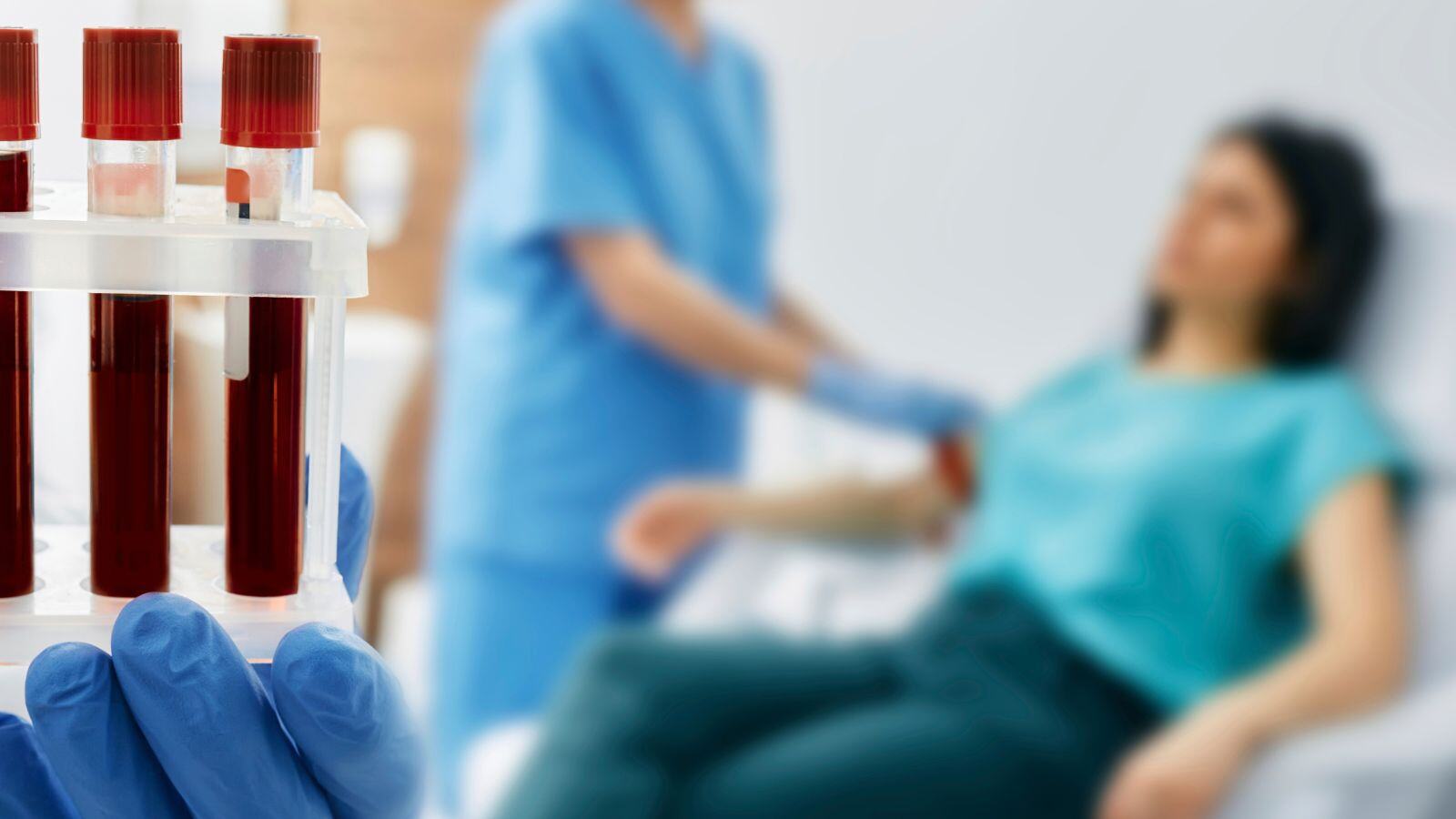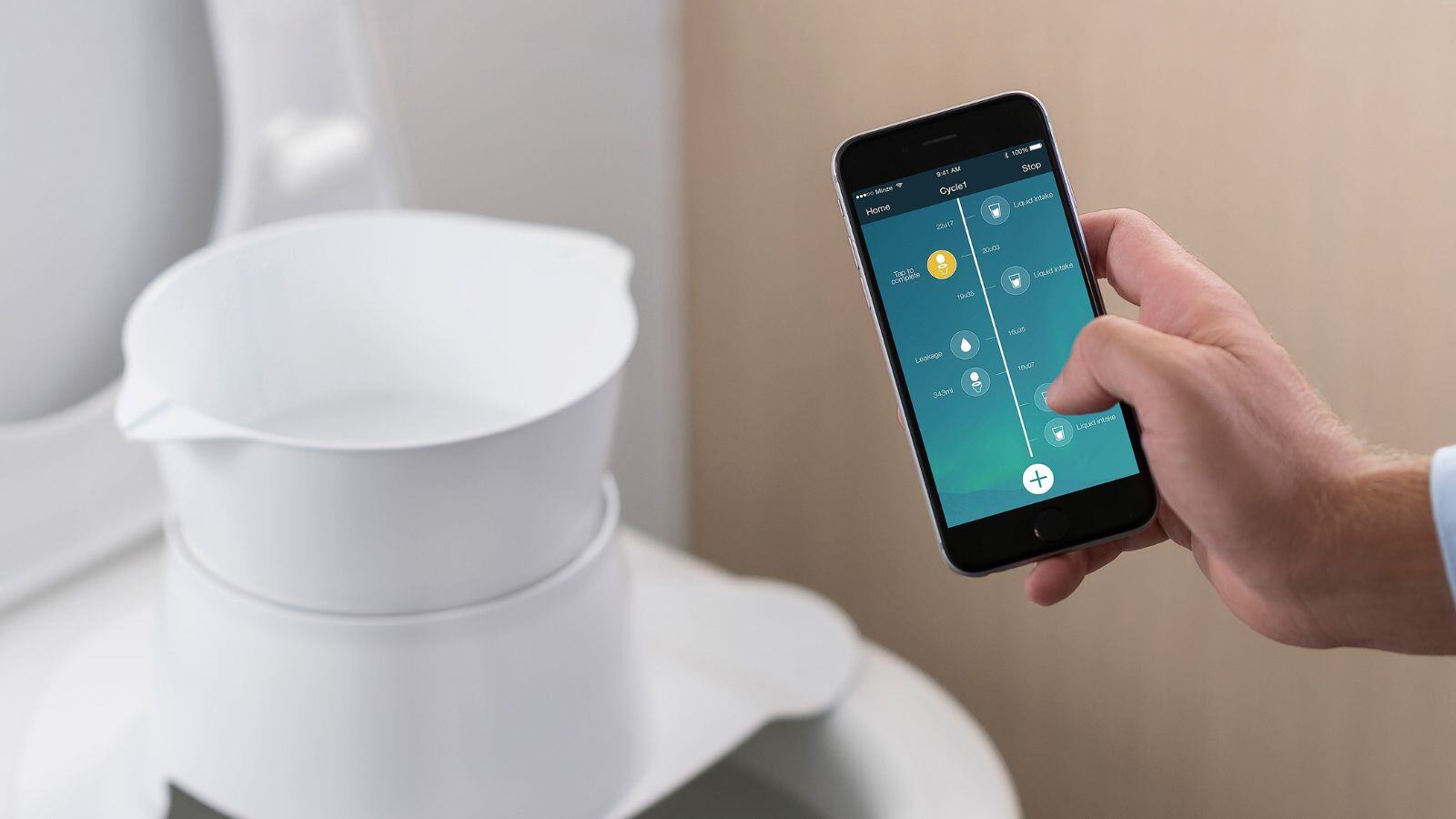Are you performing clinical research with medical devices? In this blog post, we provide a brief overview of essential documents required during a medical device clinical investigation.
The essential documents for clinical investigations are the following:
Investigator's Brochure
The investigator’s brochure (IB) is a compilation of the clinical and non-clinical information about the investigational device that is relevant to the investigation and available at the time of application.
Its purpose is to provide researchers and others involved in the investigation with the information they need to better understand the rationale for and compliance with key features of the protocol.
The following information should be clearly identified in the IB:
- Identification and description of the device, including information on its intended purpose, risk classification, and applicable classification rule.
- Manufacturer’s instructions for installation, maintenance, maintenance of hygiene standards and for use, including requirements for storage and handling, as well as, where available, information to be included on the label and instructions for use to be provided with the device when it is placed on the market. In addition, information on any relevant training required.
- Preclinical evaluation based on relevant preclinical tests and experimental data, in particular concerning design calculations, in vitro tests, ex vivo tests, animal tests, mechanical or electrical tests, reliability tests, sterilization, validation, software verification and validation, performance tests, evaluation of biocompatibility and biological safety, as appropriate.
- Existing clinical data, in particular: — from relevant scientific literature available relating to the safety, performance, clinical benefits to subjects, design characteristics and intended purpose of the device and/or of equivalent or similar devices; — other relevant clinical data available relating to the safety, performance, clinical benefits to subjects, design characteristics and intended purpose of equivalent or similar devices of the same manufacturer, including length of time on the market and a review of performance, clinical benefit and safety-related issues and any corrective actions taken.
- Summary of benefit-risk analysis and risk management, including information on known or foreseeable risks, possible adverse effects, contraindications, and warnings.
- In the case of devices incorporating a medicinal substance, including a derivative of human blood or plasma, or devices manufactured using non-viable tissues or cells of human or animal origin, or derivatives thereof, detailed information on the medicinal substance or on the tissues, cells or derivatives thereof, and on compliance with relevant general safety and performance requirements and specific risk management associated with the substance or the tissues, cells or derivatives thereof, as well as evidence of the added value of the incorporation of such components in relation to the clinical benefit and/or safety of the device.
- A list detailing the fulfillment of the relevant general safety and performance requirements set out in Annex I of MDR 2017/745, including the harmonized standards and common specifications (CS) applied, in full or in part, as well as a description of the solutions for fulfilling the relevant general safety and performance requirements, in so far as those standards and CS have not or have only been partly fulfilled or are lacking.
- A detailed description of the clinical procedures and diagnostic tests used in the course of the clinical investigation and, in particular, information on any deviation from normal clinical practice.
Clinical Investigation Plan
The Clinical Investigation Plan (CIP) is the key document in medical device investigations. The CIP is developed by the sponsor and the clinical investigator(s). It is a document containing the following information about the investigation:
- background information
- rationale
- objectives
- outcomes
- design and pre-specified analysis
- methodology
- organization
- monitoring of the conduct
- safety
- and recording of the clinical investigation
CIPs should be designed to ensure the health and safety of subjects and answer specific research questions; they should be operationally feasible, avoid unnecessary complexity, and be designed to avoid and/or minimize known risks as much as possible.
Subject Information Sheet and Informed Consent Form
Subject Information Sheet
The Subject Information Sheet is a document providing information to the potential study subject. It contains at least the following elements:
- Study title, sponsor, investigator, hospital
- Invitation to participate
- Purpose and type of the investigation
- Why have I been chosen?
- Voluntary participation
- What will happen to me if I take part?
- What do I have to do?
- What is being tested and how?
- Alternative treatment
- Side effects
- Possible disadvantages and risks
- Possible benefits
- What if new information becomes available
- Investigation end
- What if something goes wrong?
- Confidentiality
- Results
- Funding
- Investigation review
- Contacts
To make an informed decision about whether to participate or not in the investigation, the potential study subject should be informed in an understandable way about all the above. Time should be foreseen to discuss with family or general practitioner and all questions must be answered.
Informed Consent Form
‘Informed consent’ means a subject’s free and voluntary willingness to participate in a particular clinical investigation, after having been informed of all aspects of the clinical investigation that are relevant to their decision.
The Informed Consent Form (ICF) documents – by name, date, and signature – who has participated in the process, mostly the investigator and the study subject.
To include minors or incapacitated subjects in a clinical investigation, special rules apply, depending on the age and/or circumstances.
Clinical Investigation Report
The clinical investigation report (CIR), signed by the investigator, contains a critical evaluation of all the data collected during the clinical investigation, including negative findings.
It should at least contain the following:
- Cover/introductory page or pages indicating the title of the investigation, the investigational device, the single identification number, the CIP number, and the details with signatures of the coordinating investigators and the principal investigators from each investigational site.
- Details of the author and date of the report.
- A summary of the investigation covering the title, purpose of the investigation, description of the investigation, investigational design and methods used, the results of the investigation, and conclusion of the investigation. The completion date of the investigation, and in particular details of early termination, temporary halts or suspensions of investigations.
- Investigational device description, in particular clearly defined intended purpose.
- A summary of the clinical investigation plan.
- Results of the clinical investigation covering, with rationale and justification, subject demographics, analysis of results related to chosen endpoints, details of subgroup analysis, as well as compliance with the CIP, and covering follow-up of missing data and of subjects withdrawing from the clinical investigation, or lost to follow-up.
- Summary of serious adverse events, adverse device effects, device deficiencies, and any relevant corrective actions.
- Discussion and overall conclusions covering safety and performance results, assessment of risks and clinical benefits, discussion of clinical relevance in accordance with the clinical state of the art, any specific precautions for specific subject populations, implications for the investigational device, and limitations of the investigation.
Case Report Form
The Case Report Form (CRF) is either a printed, optical, or electronic document, designed to record all of the required information for the clinical investigation, including adverse events, on each subject.
It is the sponsor’s responsibility to design a CRF that accurately represents the protocol of the clinical investigation, as well as manage its production, monitor the data collection and audit the content of the filled-in CRFs.
Carefully select key opinion leaders to support your clinical program
As the clinical investigation documents serve to demonstrate the compliance of the investigator, sponsor, and monitor with the International Standard ISO 14155:2020 on Good Clinical Practice and with all applicable regulatory requirements, they are essential in the conduct of a clinical investigation.
To construct clinical investigation documents and determine other significant factors for the clinical investigation, such as
-
the clinical investigation strategy and design,
-
the regulatory obligations within the selected countries, timelines,
-
access to therapy,
-
subject populations,
-
required logistics,
-
physicians,
-
hospital infrastructure
-
and administrative challenges,
it is recommended to carefully select the key opinion leaders to support the clinical program.
Need help with the essential documents for your medical device clinical investigation?
At QbD Clinical, we provide clinical research services on a global level, covering the full spectrum of clinical investigation activities from start to finish, including initial concept development, regulatory strategy, protocol development, medical writing of investigation essential and regulatory documents, etc.
In addition, and with the full-service portfolio of the QbD Group, we provide consultancy, as well as quality and compliance services for the medical device, biotech, and pharma industries, supporting manufacturers from idea to patient.
Our clinical team is happy to discuss any clinical investigation needs you may have.







.png?width=109&height=108&name=Pharma%20(2).png)
.png?width=111&height=108&name=Medical%20Devices%20(2).png)
.png?width=84&height=107&name=IVD%20(2).png)





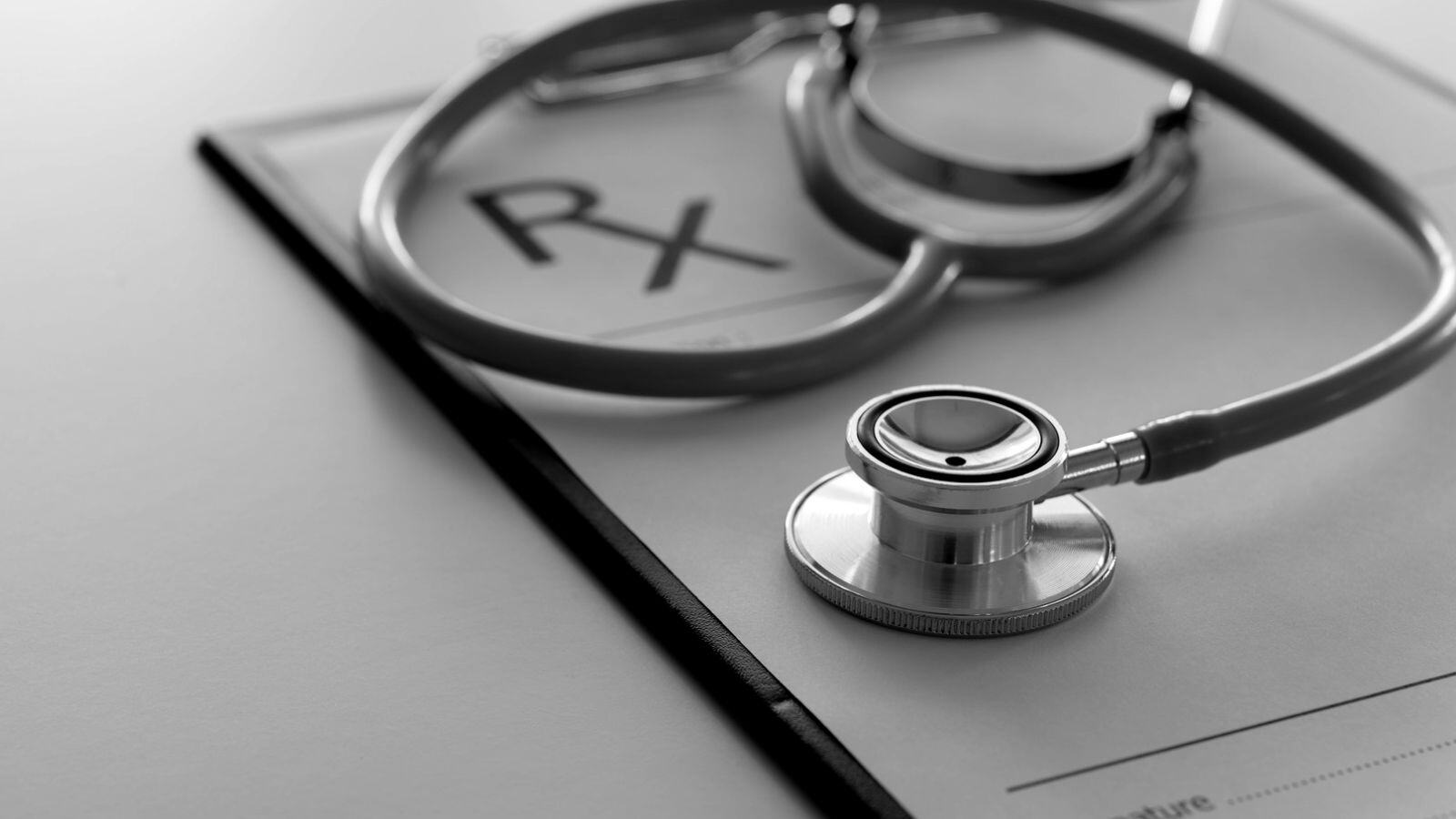
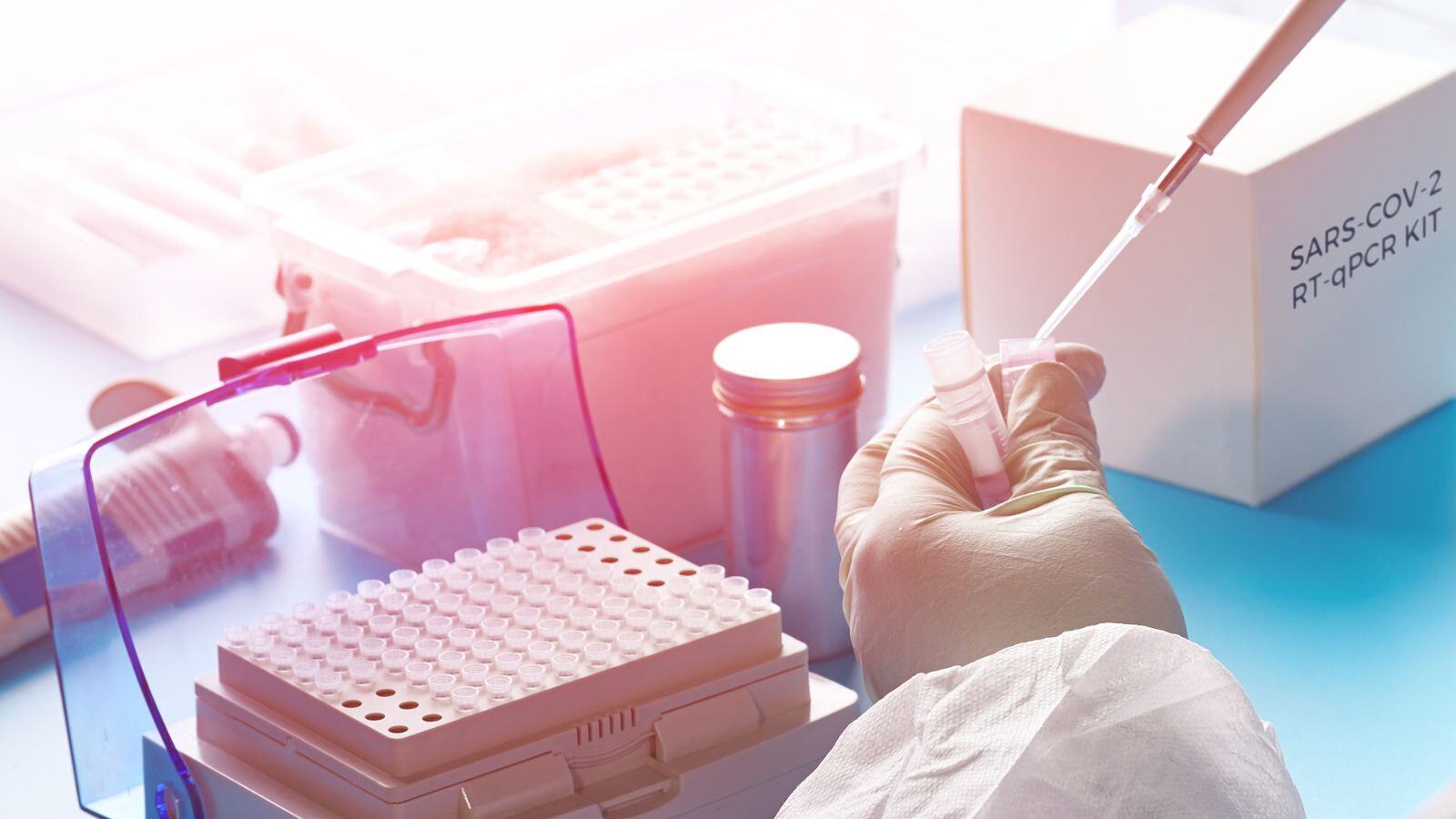


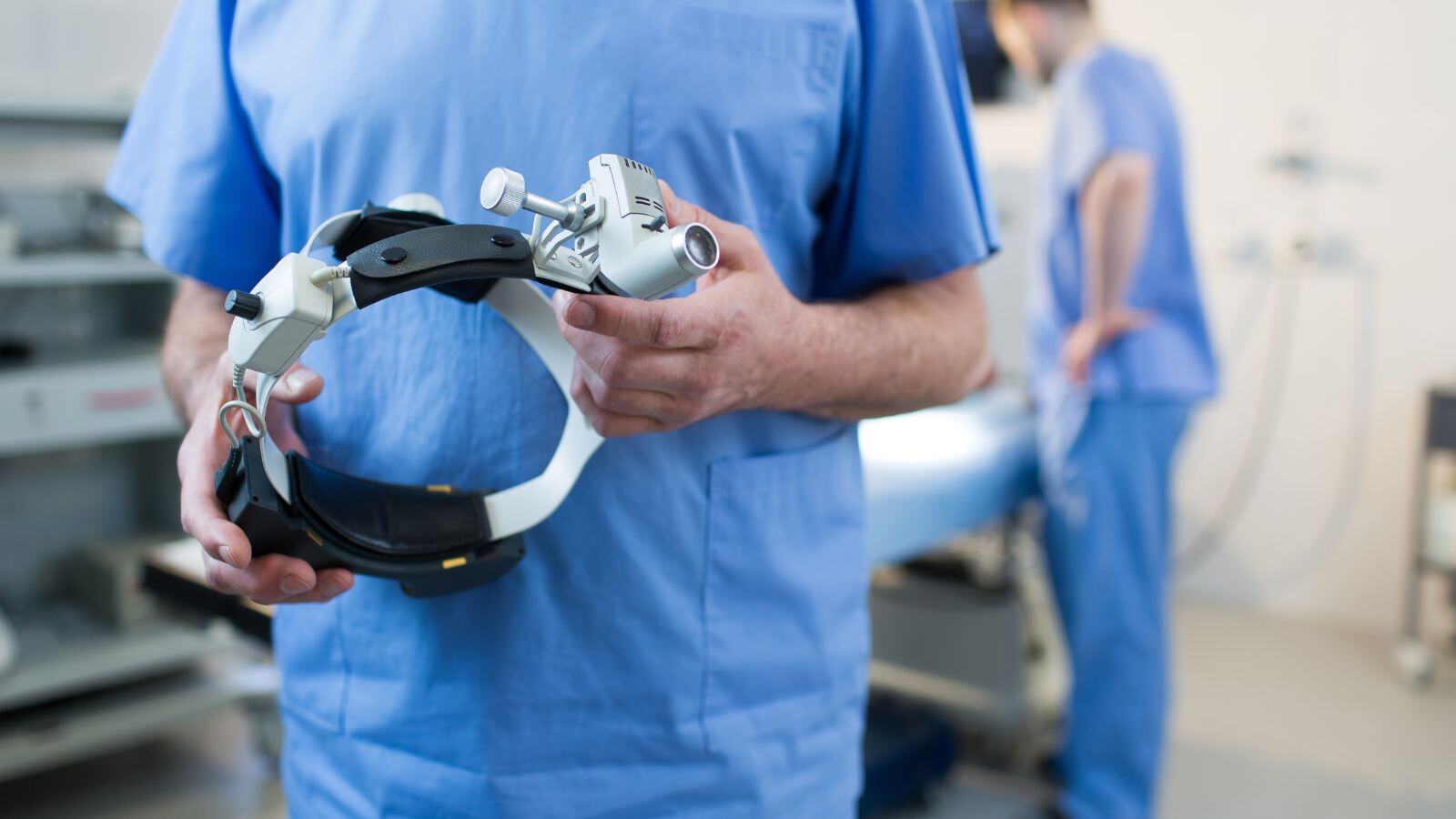
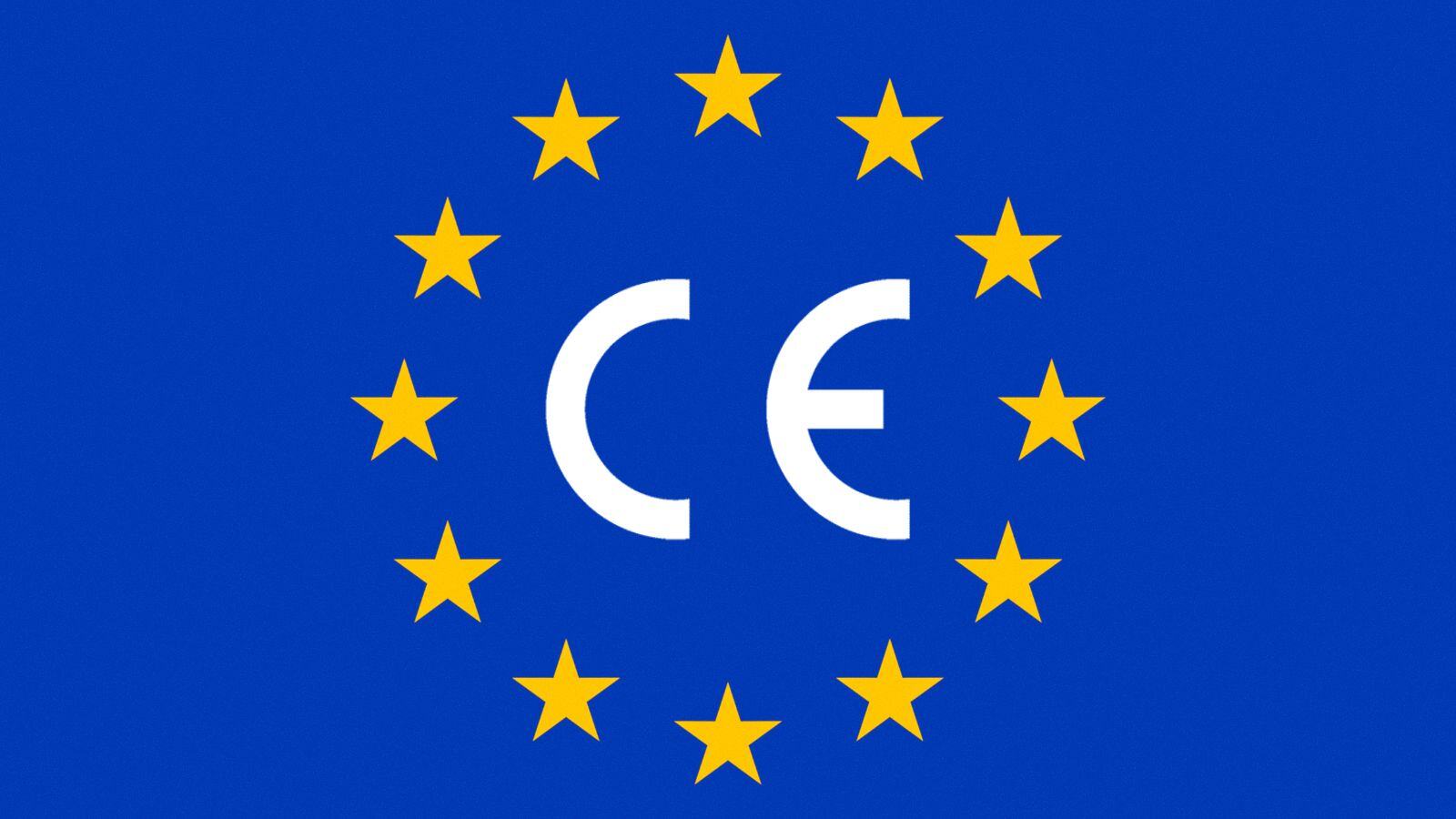
.jpg)

